
Privacy statement: Your privacy is very important to Us. Our company promises not to disclose your personal information to any external company with out your explicit permission.
Model No.: RC-1
Brand: SKYIMG
Place Of Origin: China
Feature: Waterproof
Usage: Filter Paper
Type: Photo Paper: Model Number: RC Photo Paper, RC Photo Paper
Weight: 190g/210g/240g/260g/270g: Surface Finish: Glossy, Satin, Luster And Silk
Size: A4.A3.A6.4R.3R.5R.roll: Printing Type: Digital Inkjet Printing
Ink: Dye Ink And Pigment Ink: Feature: Waterproof,smooth
Sides: Single Side/double Sides: .
Packaging: roll paper Color box, Plastic bag, Neutral package, Customized packaging,Printed plastic package and display box photo paper
Productivity: 20000000 Bag/Bags per Week ph
Transportation: Ocean,Land,Air
Place of Origin: China
Supply Ability: 20000000 Bag/Bags per Week photo paper
Certificate: SGS/IOS
HS Code: 3703101000
Port: Guangzhou,Shenzhen,Shanghai
Payment Type: L/C,T/T,D/P
Incoterm: FOB,CFR,CIF,EXW




What are the matting principles of silica matting powder?
The principle of physical matting is: adding matting powder makes the surface of the coating uneven during the
film-forming process, increasing the scattering of light and reducing reflection. Chemical matting is to introduce
some into the coating, such as combining the mechanism of gloss generation on the surface of the coating and
the factors affecting the gloss. People believe that matting is to use various means to destroy the smoothness of
the coating, increase the surface micro-roughness of the coating, and reduce the reflection of light on the surface
of the coating. It can be divided into physical matting and chemical matting. Polypropylene grafted substances can
absorb light structures or groups to obtain low gloss.
With the continuous improvement of people's living standards, people need coatings with different glosses. High-end
matte coatings have attracted a large number of consumers with their natural, noble and elegant appearance. In addition,
the surface of matte coatings can cover minor paint film defects and make the appearance uniform and consistent, which is
welcomed by coating manufacturers. Therefore, how to select a suitable Matting Agent according to the characteristics of
the prepared coating to achieve the desired effect has become the main problem for coating formulators. Gloss control is an
important part of a successful coating formula.
Depending on the application, semi-gloss or matte powder coatings are sometimes required. In order to reduce the gloss of
the coating film, commonly used matting powders include silica, talcum powder, aluminum stearate, calcium stearate, low
molecular weight thermoplastic resins, etc. To obtain a matting effect. The following methods can be used:
a. Add thermoplastic resin. Adding cellulose acetate to epoxy powder coatings and adding fine powdered low molecular weight
polyethylene and polypropylene resins to polyester powder coatings can obtain matting powder coatings. The gloss of the
coating film is affected by the manufacturing conditions. Because the addition of thermoplastic resins will affect the storage
stability of powder coatings, the addition amount is limited to 2-3% of the resin amount.
b. Mix powder coatings with different curing speeds by dry mixing, then the gloss of the resulting coating film will be significantly
reduced, which will have a matting effect. Since the powder coating with high reaction activity cures quickly, the leveling and
reaction of the slower curing resin in the continuous phase are hindered, and the cured coating film eventually loses its gloss.
Although this method is effective, it increases the manufacturing process and cost.
c. Add fillers with matting effect. Adding fillers such as silica and talcum powder significantly reduces the gloss. In particular, the
particle size of the filler has a great influence on the gloss of the coating. The larger the particle size, the lower the gloss. It should be
noted that increasing the amount of filler will reduce the flatness and mechanical strength of the coating. In epoxy powder coatings,
the effect of calcium carbonate particle size on the gloss of the coating is shown in the table. Adding silica and kaolin to acrylic and
polyester powder coatings can produce matte coatings. In addition, adding waxy substances such as polyethylene paraffin and
hydrogenated castor oil can also produce matte coatings.
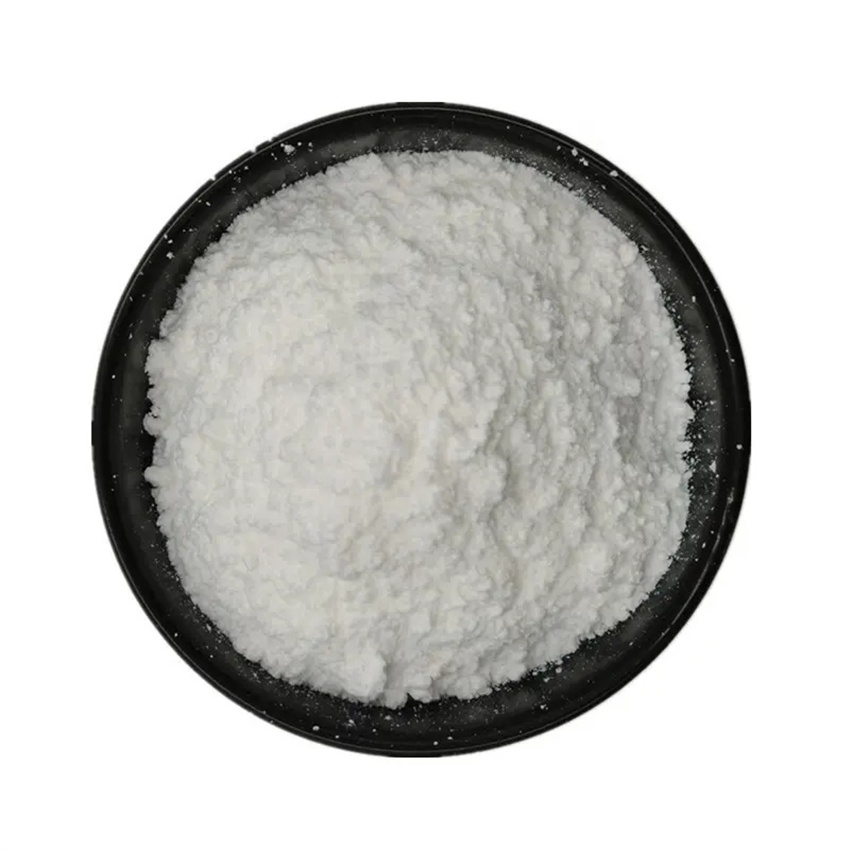
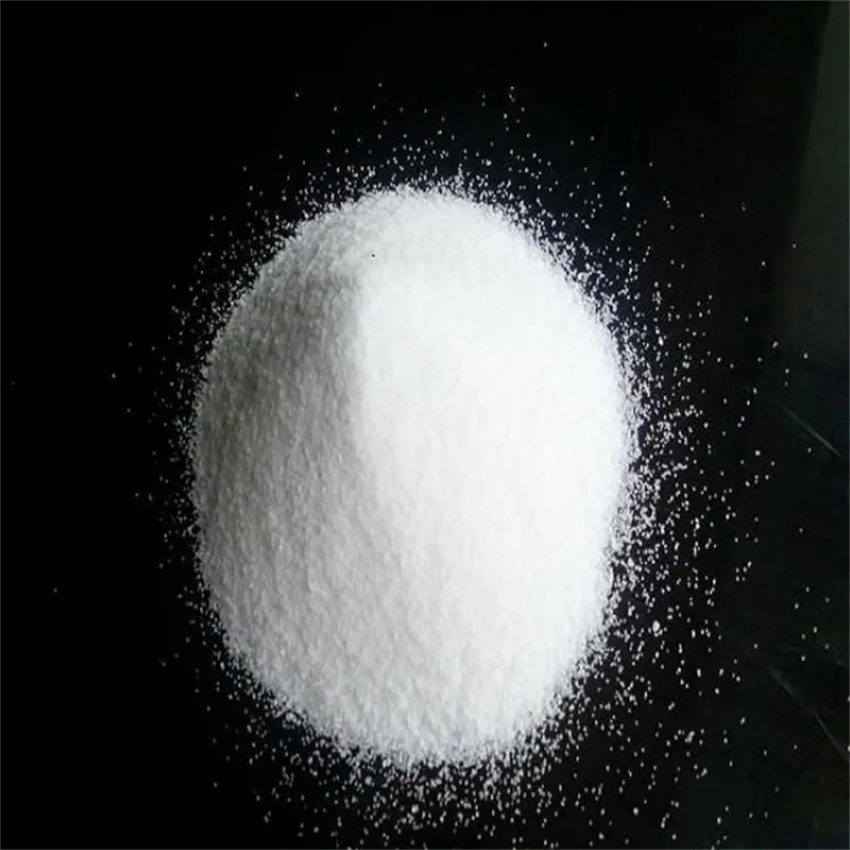
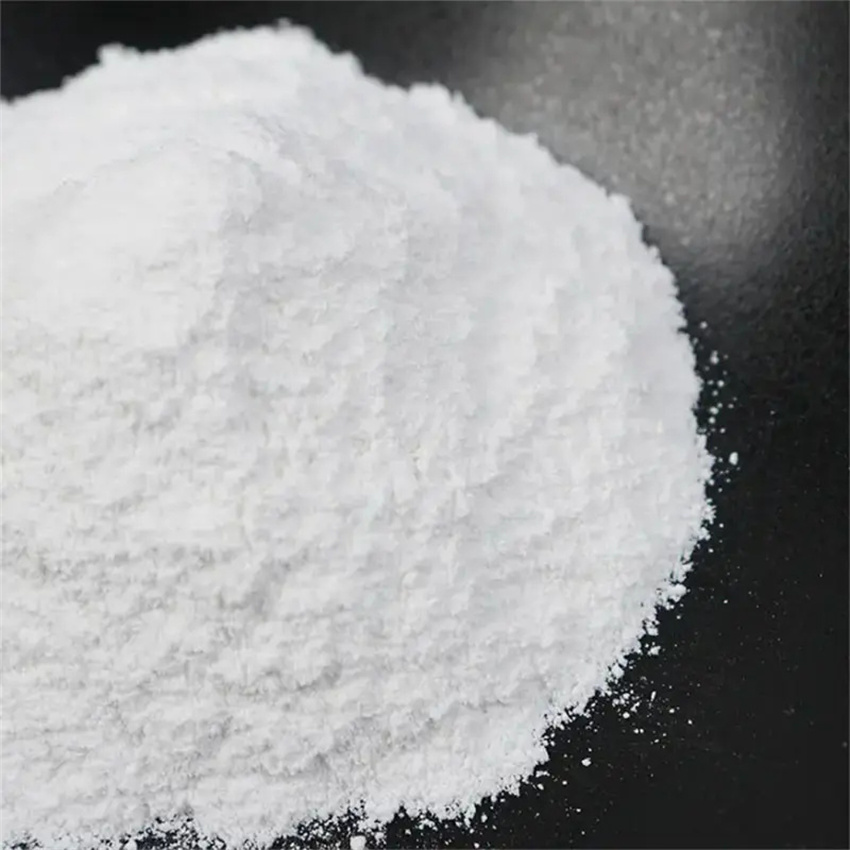



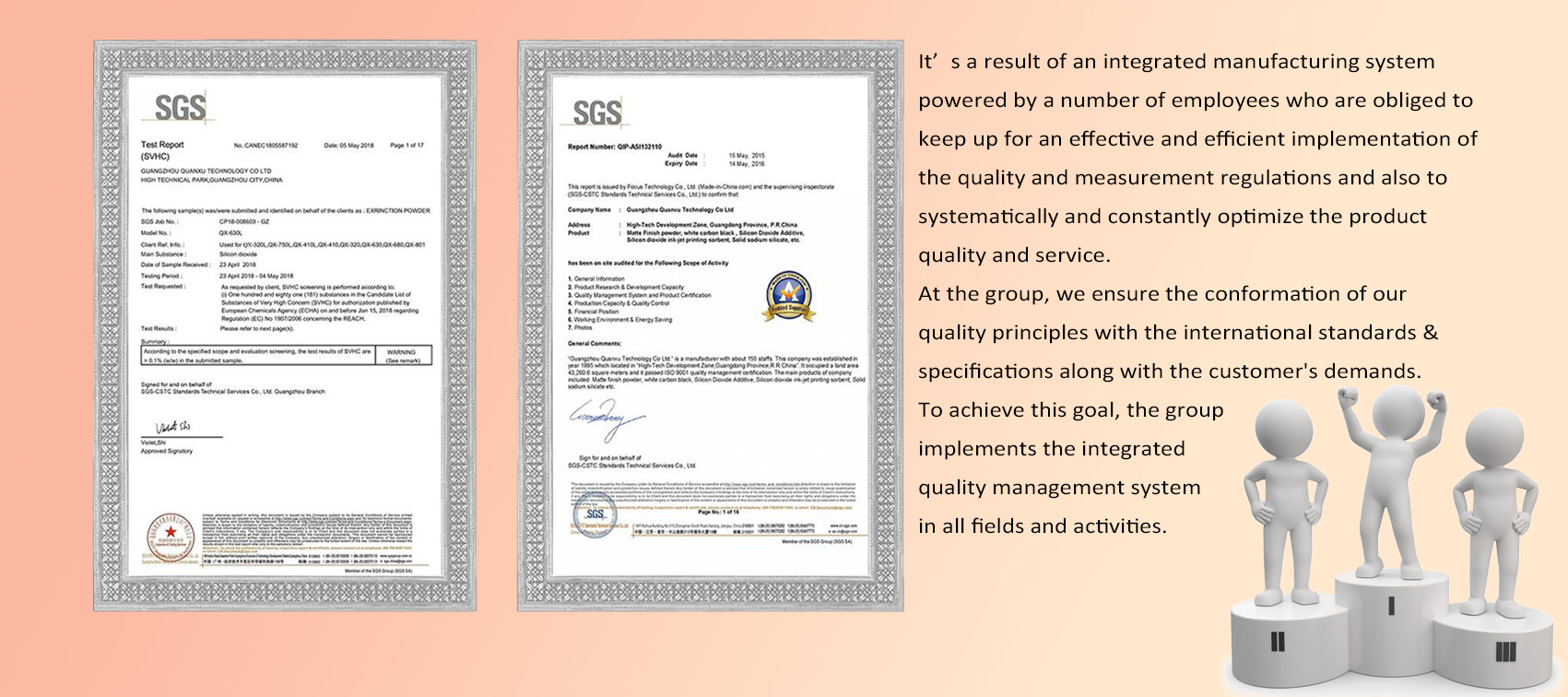

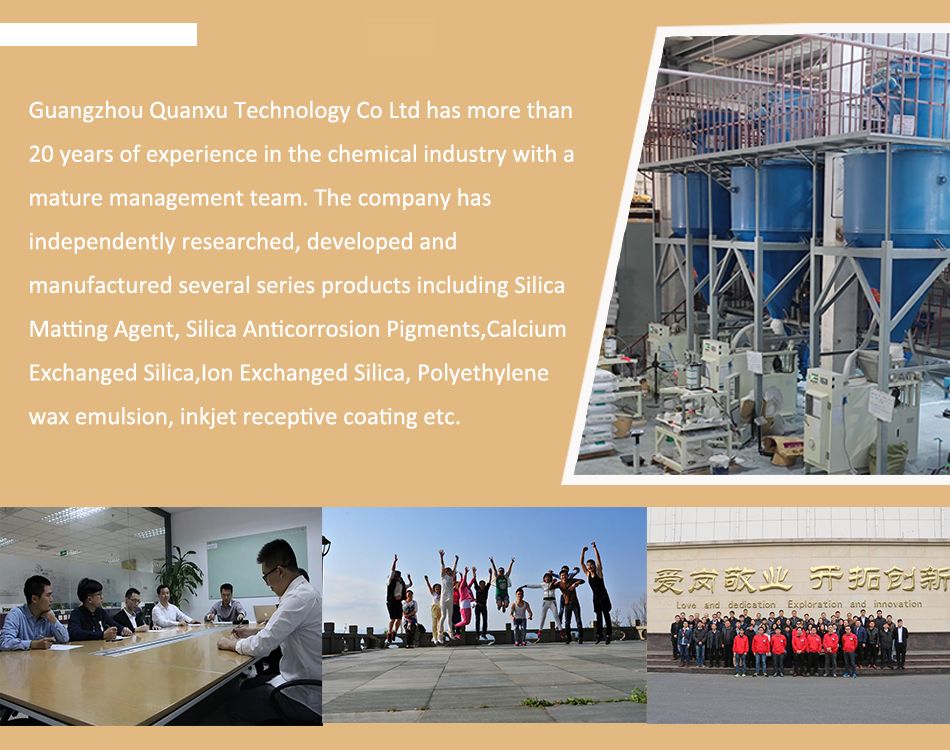
Anticorrosion Pigments, Inkjet Receptive Coating, Matting Agent
Product Categories : Matting Agent For Inkjet Photo Paper > RC Photo Paper


Privacy statement: Your privacy is very important to Us. Our company promises not to disclose your personal information to any external company with out your explicit permission.

Fill in more information so that we can get in touch with you faster
Privacy statement: Your privacy is very important to Us. Our company promises not to disclose your personal information to any external company with out your explicit permission.